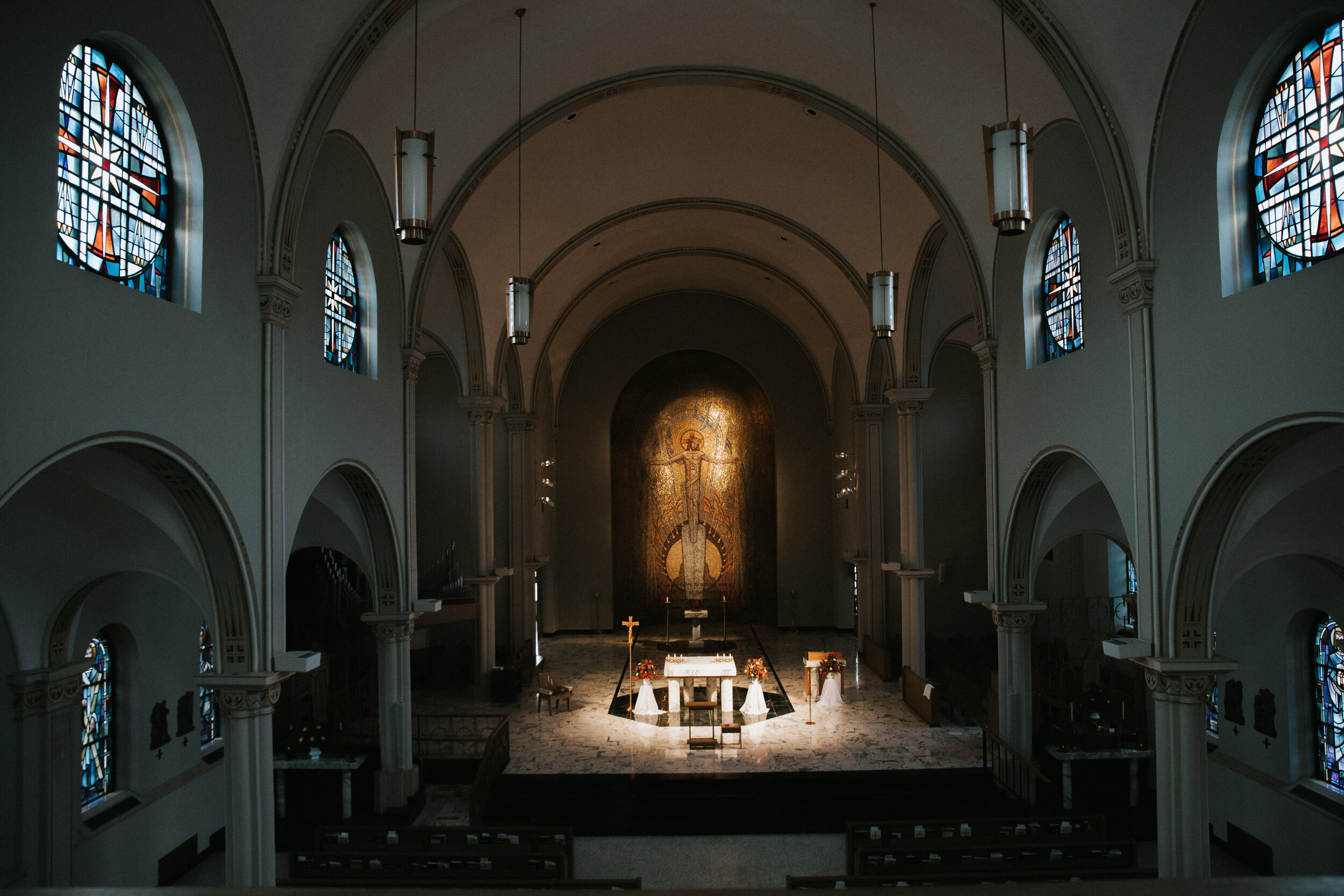
Earliest C.PP.S Seminary in the United States
Around the year 1835, Afro-Americans were given a tract of land and a boarding school named Emlen Institute in the settlement named Carthagena which received its name from Cartagena, Columbia, South America, in turn after Carthage, Africa, because the slaves came from there to the new world. The Emlen Institute was a training school for young African American youths who had settled in the area.
After some years, the establishment was no longer in use. The Emlen Institute and 200 acres of land were purchased in 1861 by the Missionaries of the Precious Blood to become a training center for Precious Blood priests and brothers. It was named St. Charles Seminary in honor of St. Charles Borromeo (1538-1584) who is known for organizing seminaries.
The present main building was built and completed in 1922. The beautiful Romanesque chapel, built in 1906 and subsequently remodeled, is attached to the rear of this main building. The number of philosophy and theology seminarians reached as high as 120.
Although the seminary endured for 108 years, in 1969 it closed. Theology students now attend the Catholic Theological Union in Chicago with seminarians from over 20 other religious communities.
Changes at St. Charles
With the closing of the St. Charles Seminary, the buildings were named St. Charles Center, primarily a home for active and retired priests and brothers. The numbers of retired CPPS peaked between 1980 and early 1990’s.
Anticipating the day when it would no longer be practical to maintain a building with several hundred thousand square feet studies began to determine how the 1920 building could be better used. Various options were considered for this building, which had become a landmark on the Mercer County rural skyline, visible for miles in almost every direction.
Several years of study revealed that the building’s most promising use was for seniors, age fifty-five or older. A decision was made to remodel the building into apartments for priests, religious and lay persons to live in the same building.
Renovation of the building began and was completed in late 2006. The building now has 54 apartments for independent living and is known as Saint Charles Senior Living Community.

